The Salvation Army: A Primer
The Salvation Army is loved by many, but few know much about it. Here's what you need to know.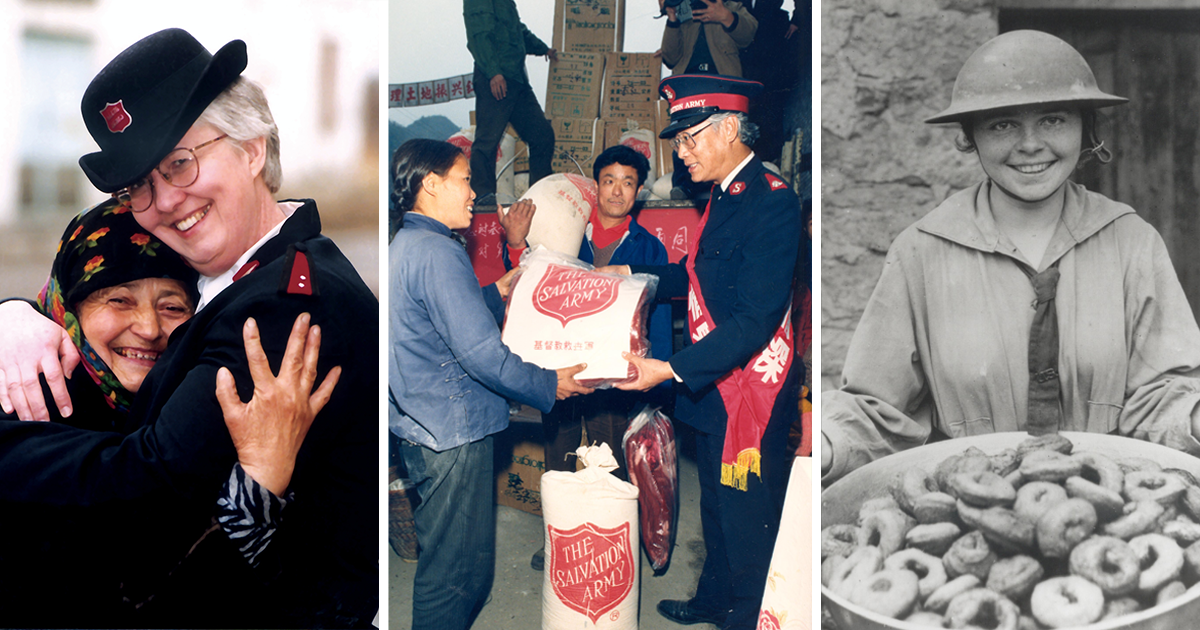
The Salvation Army is loved by many, but few know much about it.
It is almost universally admired and widely acclaimed, but the general public knows little about the motivation and commitment of the men and women who comprise its ranks.
It is an integral part of Americana (although it is an international organization), known principally for its red kettles at Christmastime and the white trucks used to collect used furniture and clothing for resale in its thrift stores.
But what is The Salvation Army, really?
Volumes have been written about its caring service and its spiritual ministry—a story that is ever changing and constantly growing. But for the multitude of friends who would like to know us better, this description may serve as a starting point—a primer, if you will.
Who?
Basically, The Salvation Army is a church—a denomination with a strong emphasis on social service, but a church nevertheless. In more than 1,200 individual churches (corps) in the United States, and nearly 14,000 world-wide, congregations meet each Sunday for worship and edification. Some are very small, others have congregations in excess of 2,000 people. Visitors always are welcome, regardless of life-style choices, faith (or lack thereof), financial circumstances or any other factors.
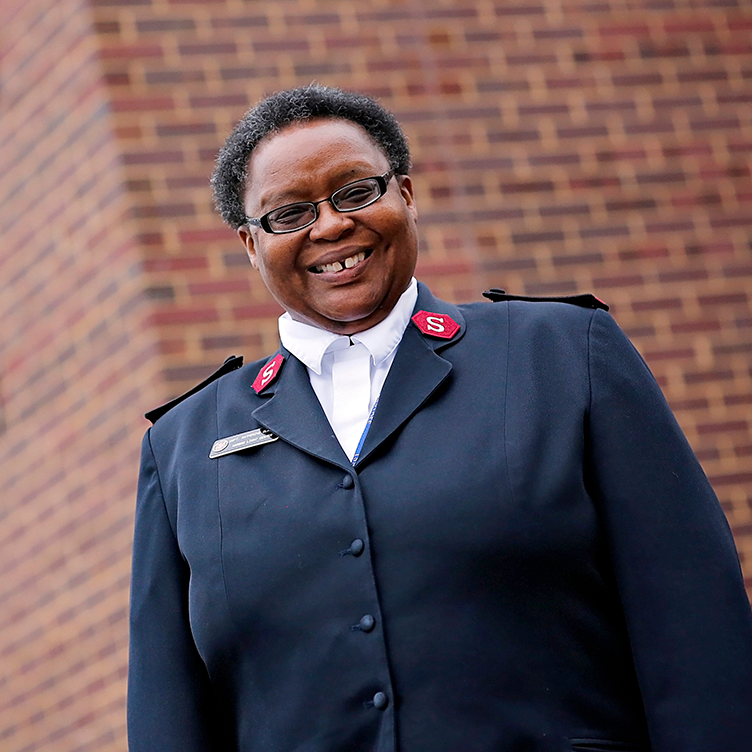
These churches are headed by commissioned officers, who also are ordained clergy, trained in one of the 40+ colleges/schools for officer training throughout the world. In addition to being the pastor of a congregation, the corps officer typically (especially in smaller churches) is also a social worker, community activist, accountant, counselor and, sometimes, janitor.
Church members fall into two categories: soldiers, who accept the strict discipline of the Army and who are eligible both to wear the uniform and to hold local officer (lay leadership) positions; and adherents, who choose the Army as their church home but who opt out of the more stringent requirements of soldiership. But all members, soldiers and adherents alike, testify to having accepted Jesus Christ as their Savior from sin and their Guide for life.
What?
So what do Salvationists do?
The answer is almost as varied as the more than 100,000 officers and soldiers in the United States and the one-and-a-third million across the globe. Officers are in full-time service, either as corps leaders or in some other branch of activity in the Army such as administering a social service center. A small number of the non-officer members are employed by The Salvation Army, but the huge majority are engaged in normal business and labor occupations or are homemakers.
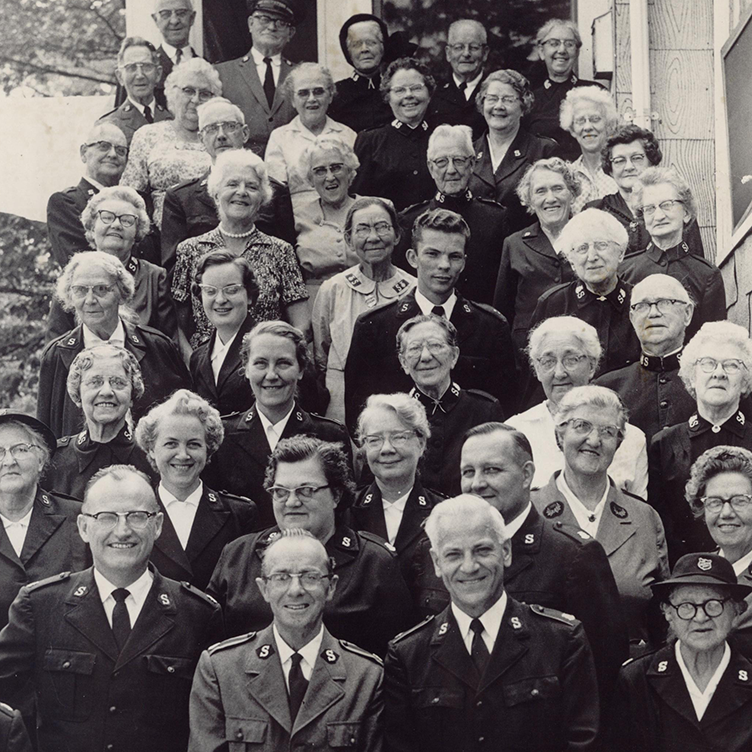
Most importantly, Salvationists are members of an international worshipping community.
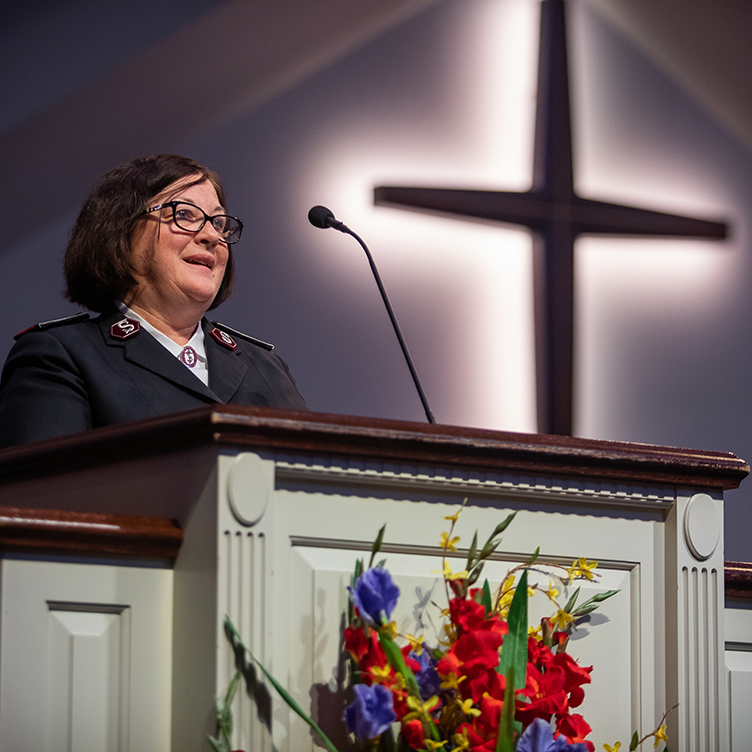
When they gather for worship on a Sunday, they are not unlike their spiritual brothers and sisters in other non-liturgical, evangelical, Protestant churches. Typically, Sunday school is conducted prior to the morning worship service which includes congregational singing, corporate prayer, the reading of the Word, a sermon, an invitation for non-believers to accept salvation through faith in Jesus Christ and for believers to make new and deeper commitments to the Lord.
The service (formerly called “meeting,” ala Quakerism) might also include participation by a worship ensemble, a soloist, a choir (songsters) and/or a brass band.
But for Salvationists, Sunday worship is only the beginning. During the week many will be involved in visits to nursing homes or shut-ins, leadership of character-building activities for disadvantaged youth, ministry to jail or prison inmates, musical instruction to young people, small prayer groups, making meals available to the homeless, serving responders to natural or manmade disasters or any number of other outreach ministries.
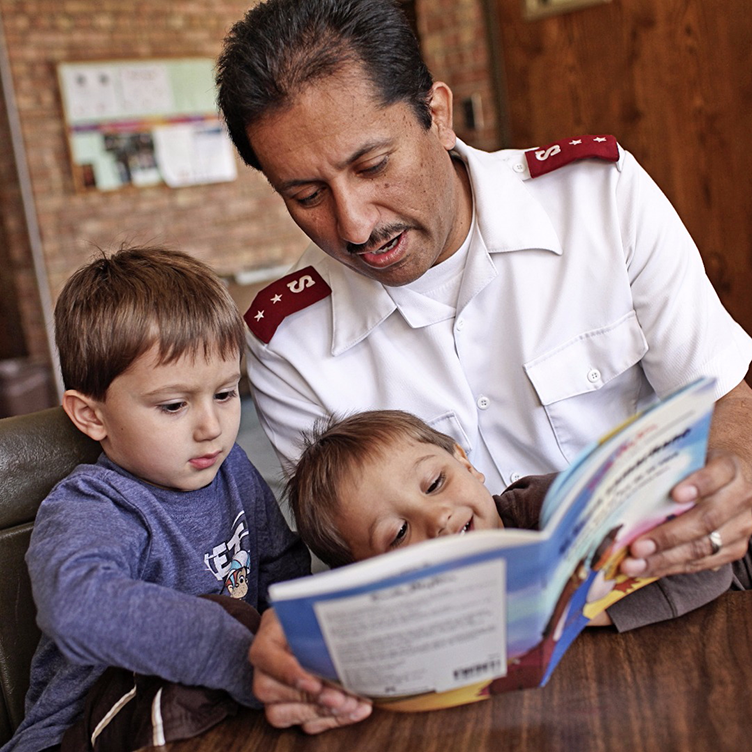
In addition to (or, perhaps more accurately, as part of) its core religious activity, The Salvation Army ministers extensively in the local community. In fulfillment of its commitment to meet human need without discrimination, it provides a plethora of services including rehabilitation programs for alcohol and drug addicts, family counseling, employment assistance, soup kitchens, temporary shelter, disaster relief, correctional services, senior citizen housing, premarital counseling, etc. Obviously, all of these services are not available in every locality.
Why?
The organization was founded in 1865 in London, England, by a Methodist clergyman named William Booth and his wife Catherine.
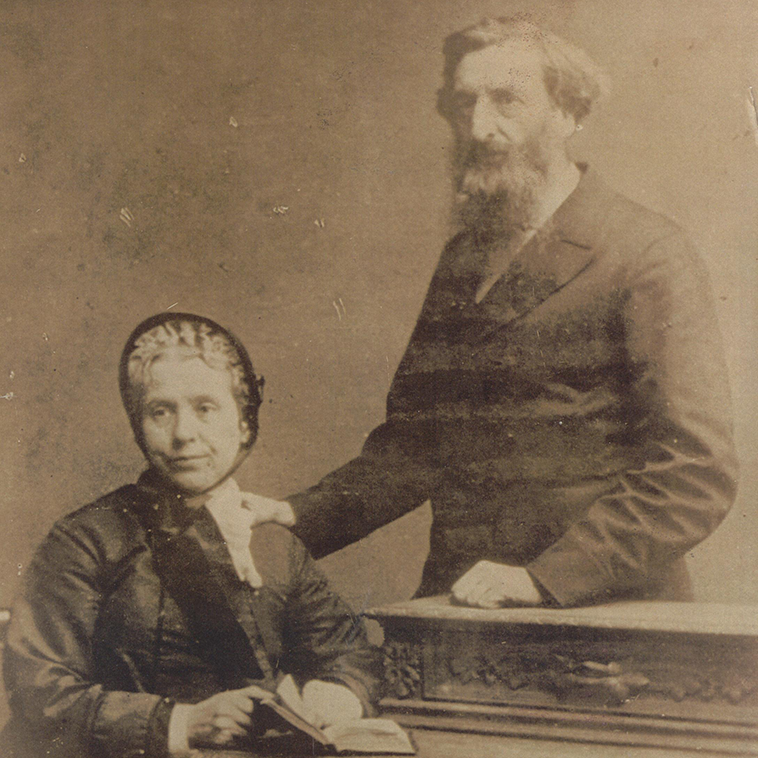
Booth’s passion (not dissimilar to the passion of Evangelist Billy Graham a century later) was to lead men and women from sin to salvation, from spiritual darkness to light. Booth’s ministry began in the East End of London, home to the poorest of the poor. Early in his ministry he discovered that a man with an empty stomach was far less likely to respond positively to the gospel message than a man who had been fed.
Consequently, Booth and his followers began attending to the physical as well as the spiritual needs of those to whom they ministered. Although contemporary congregations include people from all economic strata, Salvationists continue to have a strong urge to seek out and minister to those on the lower end of the socio-economic scale, often referring to them as “our people.” The doctrines of the Army are based in Wesleyan Methodism, but the strong emphasis on meeting the total needs of humankind is a tradition that continues in The Salvation Army of today.
Where?
The commitment of The Salvation Army to meet human need without discrimination has motivated its leaders for more than 150 years. Its forerunner, The East London Christian Mission, within five years of its founding in 1865, became The Christian Mission, recognizing that the work had spread outside of the capital to other locations in England and Wales.
By 1878 The Salvation Army name had been adopted. A year later the United States was “invaded” by eighteen-year-old female Lieutenant Eliza Shirley, who immigrated with her parents to Philadelphia. She and her parents began holding evangelistic meetings in an abandoned factory building, and the work prospered.
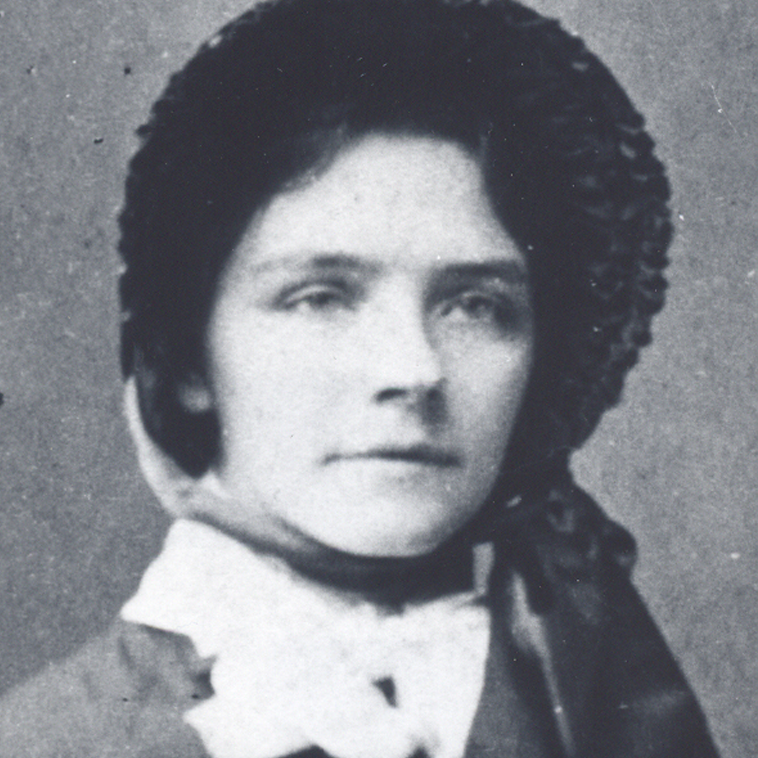
In 1881 the Army began work in France, followed by Canada, India, Switzerland and Sweden by 1882. As the work flourished in England, it rapidly spread to other parts of the world. Today the Army flag flies in 128 countries and on every Continent save Antarctica.
“Meeting Need at the Point of Need” has been a Salvation Army slogan and a Salvation Army operating principle for a long time. As it entered country after country, it sought to address local conditions. Consequently, in addition to its strong spiritual work it opened schools in Africa, medical clinics and hospitals in India, childrens’ homes in South America and a
haven for the blind in Jamaica.
Today the ministries of the Army are diverse, but all held together by a firm commitment to serve mankind in the name and spirit of Jesus.
When?
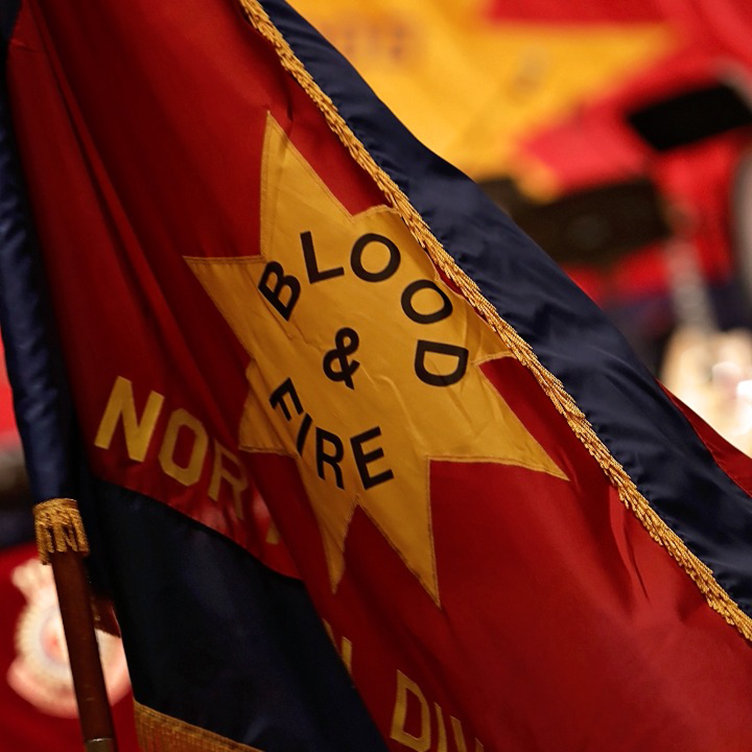
Because the sun never sets on the yellow-red-and-blue flag of the Army, ministry continues around the clock. Even as the sun sets in South Africa, where during the last century the Army was in the forefront of overthrowing apartheid, it rises in San Francisco, where the first Army Christmas kettle was placed in 1895.
At noon, when the homeless gather in Cincinnati for a meal and much-needed fellowship with others human beings, the nightly patrol in Melbourne, Australia, is setting out to visit and feed the indigents who sleep under bridges.
At midnight in London, when Salvation Army lassies offer hope and release to sex workers in the British capital, Salvationists in Moscow are offering soup and bread to school children who lack nourishment.
And all around the world, at every hour, prayer is ascending that God will continue to bless the work of The Salvation Army and the multitudes to whom it ministers.
Photos: Salvation Army National Archives







